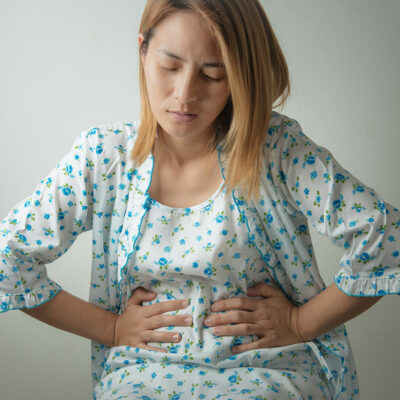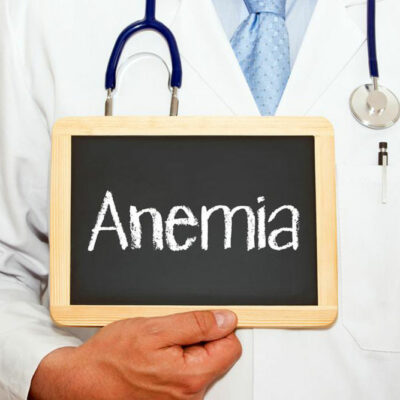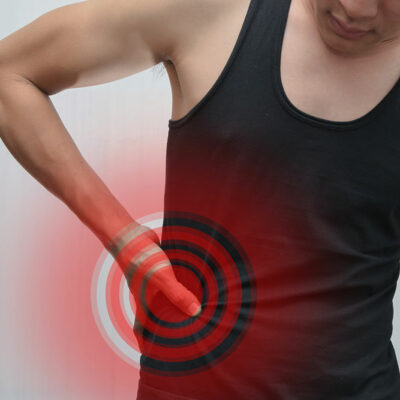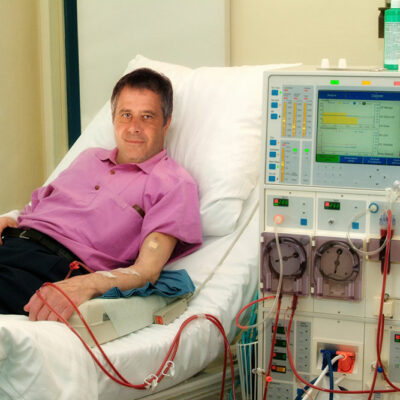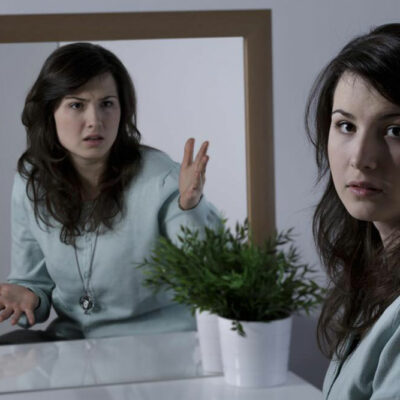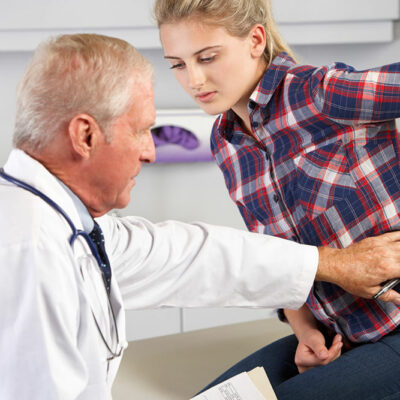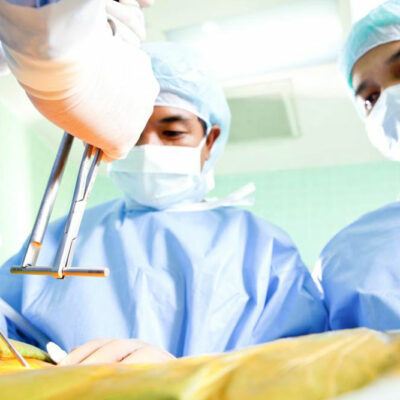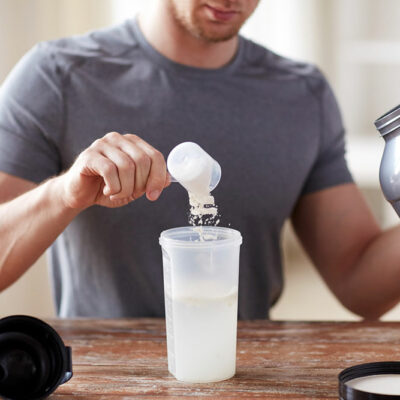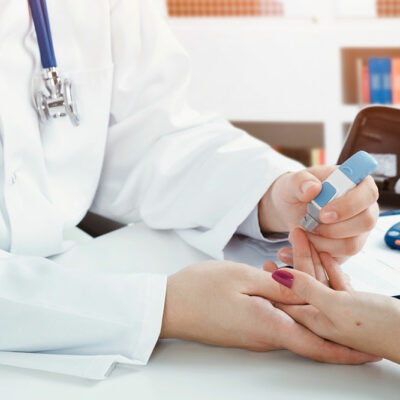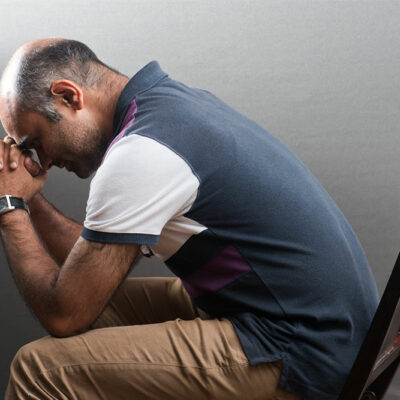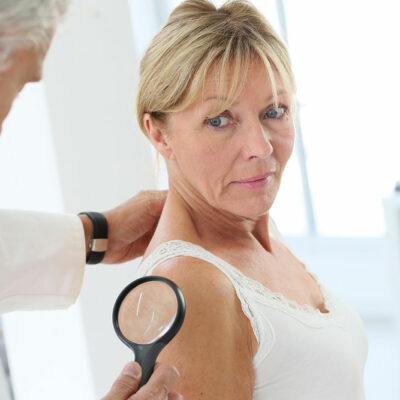
Signs & Symptoms
Common Types and Treatments of Eczematous Dermatitis
Eczema is a common type of skin problem that could cause itchiness and redness to your skin. Sometimes, the condition of eczema is referred to as atopic dermatitis which is an allergy. Those who have this issue will generally have asthma and allergies along with the red and itchy skin. Eczema is not a contagious disease. However, the exact cause of eczema is still to be procured. Types of eczematous dermatitis Atopic dermatitis This is one of the most common types of eczematous dermatitis . Although it generally starts in childhood, it will go away as one becomes an adult. Hay fever, asthma, and atopic dermatitis form a triad which means someone who has atopic dermatitis will have the other two conditions as well. Symptoms Rashes in elbows and knees Rashes turning lighter or thicker or even darker The appearance of small bumps which could start leaking once you scratch them Rashes on the scalp or the cheek of the babies Contact dermatitis If the itchiness and the redness of your skin are due to a reaction caused by a substance you touch then you might be having contact dermatitis. This type of eczematous dermatitis has two other types which are allergic contact dermatitis and irritant contact dermatitis.

